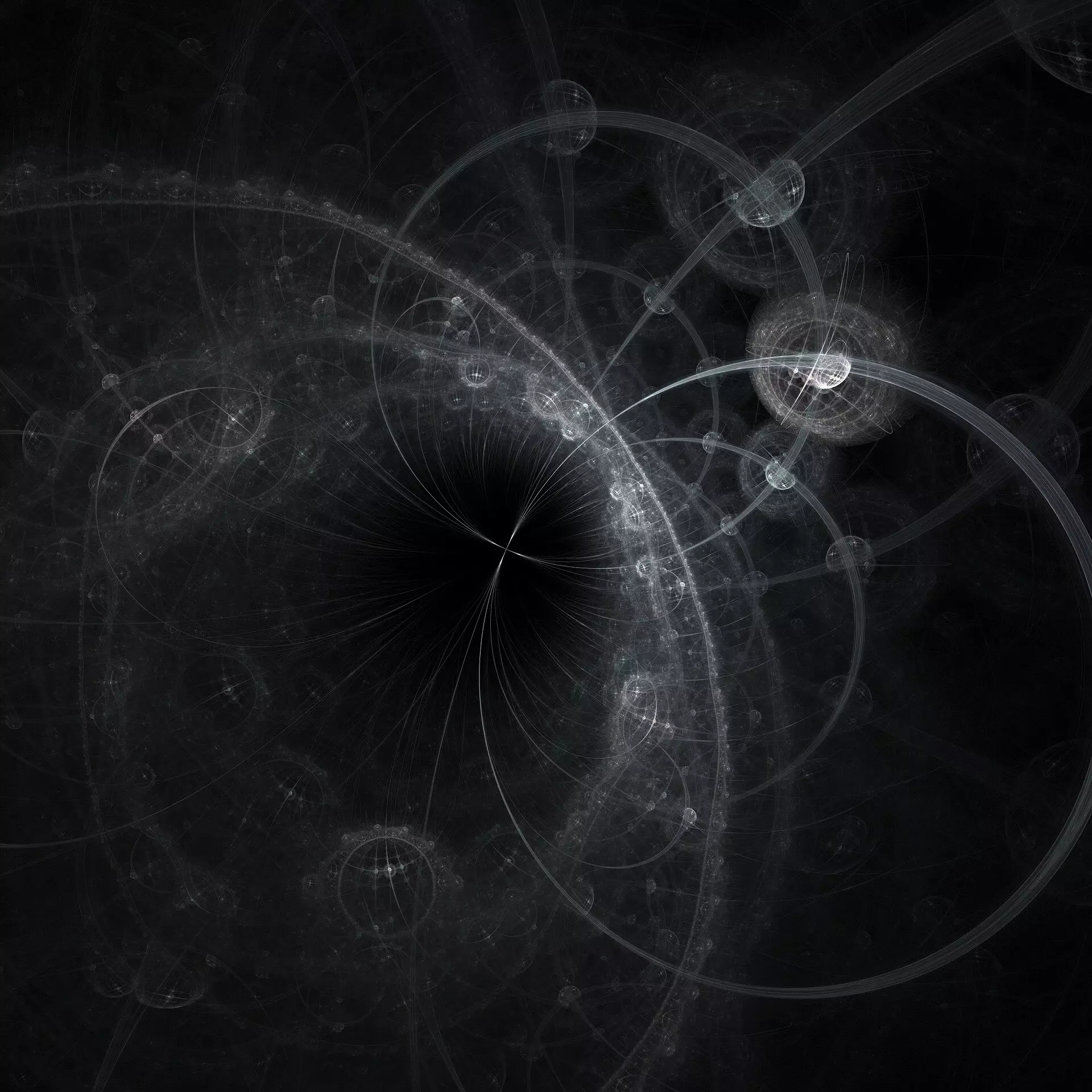In a notable advancement for the field of particle physics, scientists from the NA62 collaboration at CERN have made a significant discovery regarding an ultra-rare particle decay process. This newly observed decay—where a charged kaon decays into a charged pion and a neutrino-antineutrino pair (K+ → π+νν̄)—is not merely an academic footnote but a pivotal breakthrough that promises to challenge and refine our understanding of the building blocks of the universe. The standard model of particle physics, which serves as the primary framework for understanding particle interactions, predicts that events like these are exceedingly rare, occurring in fewer than one in ten billion kaons. The finding raises questions and opens new avenues for exploration in physics beyond current theories.
To understand the discovery’s significance, one must first appreciate the conditions under which these decays occur. The production of kaons takes place through a high-intensity proton beam generated by the Super Proton Synchrotron (SPS) at CERN. This beam collides with a stationary target, which results in an array of secondary particles, including kaons, produced at an astonishing rate—nearly a billion particles per second. Among these, 6% are charged kaons, which are then precisely detected and analyzed by the NA62 experiment setup. However, a challenge persists as neutrinos—integral components of this decay—do not interact directly with the detector and contribute only missing energy, complicating the measurement process.
As summarized by a lead researcher, Professor Cristina Lazzeroni from the University of Birmingham, the reliable identification and measurement of these rare decays required an exceptional level of teamwork. The collaboration’s commitment to scientific rigor is epitomized by achieving a discovery level of significance, quantified as a “5 sigma” result, which denotes a highly confident identification of an event in physics.
The NA62 experiment’s progress is rooted in a decade-long commitment, marked by perseverance and comprehensive planning. The recent findings are based on data accumulation from both the 2016-2018 dataset and more recent data collected during the 2021-2022 period, which followed hardware upgrades that enhanced the precision and efficiency of the equipment. The upgrades allowed for a 30% increase in beam intensity, and innovative analysis techniques facilitated the identification of signal candidates at a rate 50% higher than previously attainable. These enhancements not only elevated the team’s capability to track kaon decays but also aided in better distinguishing these rare events from background noise, a crucial part of the experimental process.
The implications of this discovery are far-reaching. The decay K+ → π+νν̄ is particularly sensitive to phenomena that physicists describe as “new physics,” which refers to theoretical frameworks that extend beyond the established standard model. Current findings suggest that the observed decay rate falls in line with standard predictions, yet it is roughly 50% greater than originally anticipated, a discrepancy that could indicate the existence of unknown particles or forces at play. The NA62 collaboration is not resting on its laurels; as they continue to collect data, scientists are hoping to either confirm or refute these intriguing suggestions within the next several years.
The essence of scientific inquiry lies in navigating the unknown, and the NA62 collaboration exemplifies this through its persistent exploration of particle physics. The current research not only contributes to enhanced theoretical knowledge but also fosters collaboration among scientists across disciplines and geographies, enriching the global scientific community. As new data emerges, the scientific team remains engaged in deciphering the complexities of particle interactions, demonstrating that, while physics continues to answer many fundamental questions, it also thrives on the unknown. Now, more than ever, the focus sharpens on measuring these ultra-rare phenomena, one event at a time, pushing the boundaries of theoretical and experimental physics.

